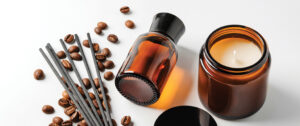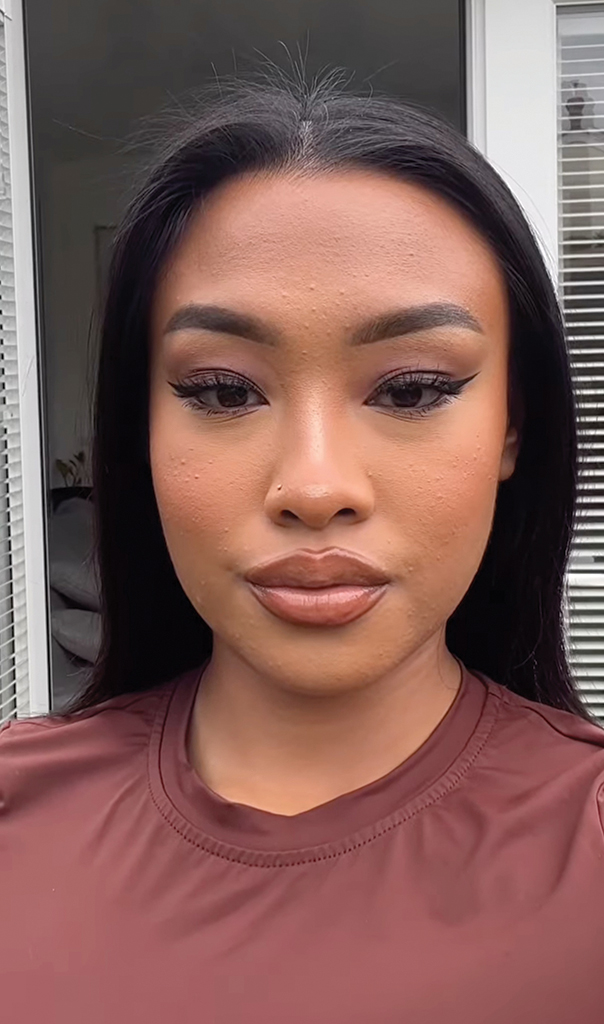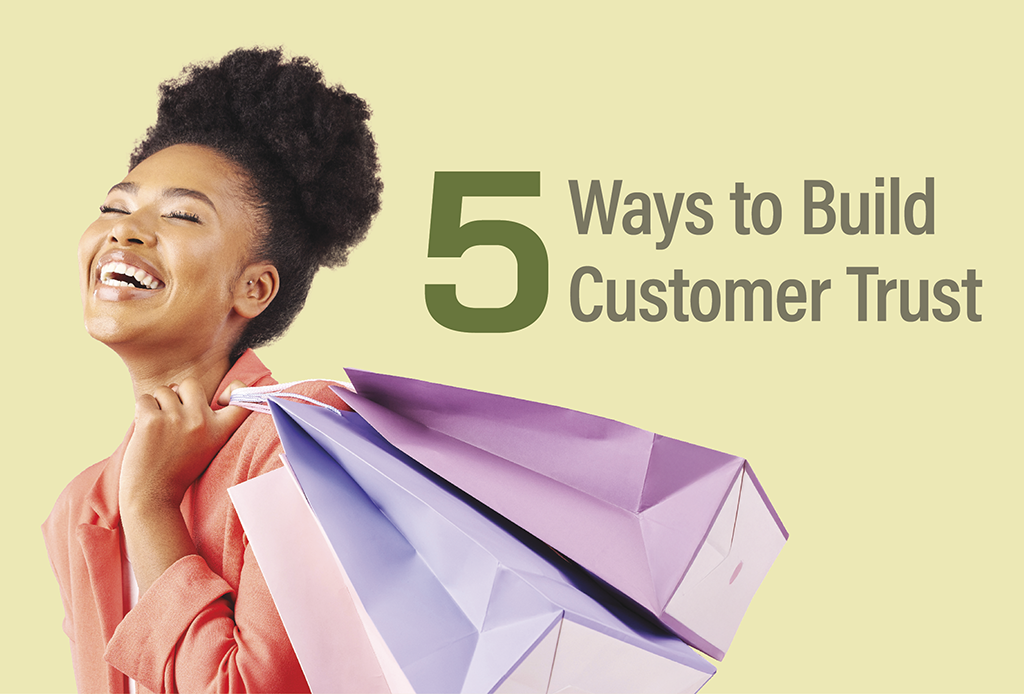
One of the greatest challenges in store management is cultural distance. Customers may find staff friendly yet awkward, greet warmly but leave quickly, or post positive reviews without returning. Such gaps often arise unintentionally. Speaking the same language does not ensure emotional connection, so noticing subtle differences is crucial to moving beyond a “close yet distant” relationship. Even slight adjustments in cultural detail can make the same product more persuasive and the same space warmer and more inviting. This article offers practical insights for building that balance. With a shift in perspective and years of experience, store operations can become more flexible and approachable.
1. Language
Speaking Customers’ Language, Even Product Names Start to Build Trust
Even brief exchanges with customers can have a greater impact than anticipated. In the hair and beauty industry, where product names are numerous and often unfamiliar, word choice can significantly influence customer reactions. Using terms and expressions familiar to customers ensures smoother and more natural explanations.
For example, describing specific product features such as “Looking for edge control? We have light shine and strong hold lines”demonstrates expertise and builds customer trust. Sharing practical tips, such as “This glue is sweat-proof for summer, and using the same brand remover works best,” feels more helpful than basic product guidance. These phrases come from gradually learning common industry terms. Though unfamiliar at first, adopting a few key expressions over time noticeably improves customer responses.
©Google Review: “They answered all my questions…” “They kindly helped me pick the exact products needed to achieve my desired hairstyle… I recommend this store 100%.” Customers feel highly satisfied when staff clearly explain products and assist in selecting the right items.
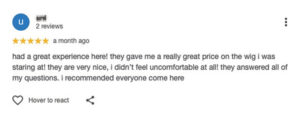
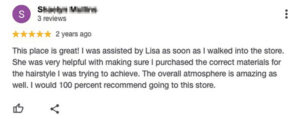

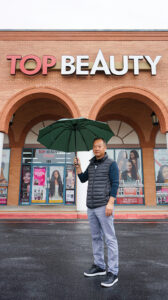 Han Odong, CEO of Top Beauty in South Carolina and featured in last year’s May BNB Magazine, spent his early years standing outside with an umbrella on rainy days. Knowing many Black customers wore wigs or braids, he personally shielded them from rain as they exited their cars. He continues to greet customers with hugs, maintaining warm and personal connections.
Han Odong, CEO of Top Beauty in South Carolina and featured in last year’s May BNB Magazine, spent his early years standing outside with an umbrella on rainy days. Knowing many Black customers wore wigs or braids, he personally shielded them from rain as they exited their cars. He continues to greet customers with hugs, maintaining warm and personal connections.